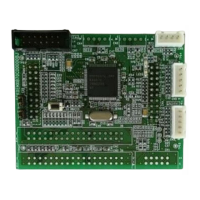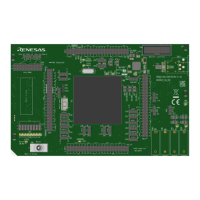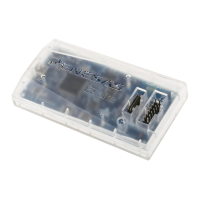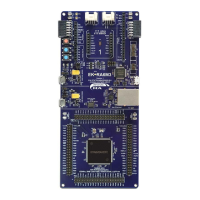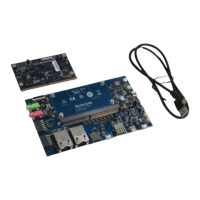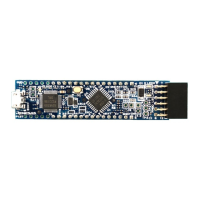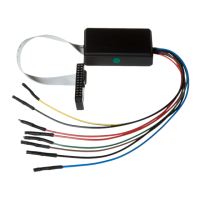Section 5 Power-Down Modes
Rev. 7.00 Mar 10, 2005 page 119 of 652
REJ09B0042-0700
Section 5 Power-Down Modes
5.1 Overview
The LSI has nine modes of operation after a reset. These include eight power-down modes, in
which power dissipation is significantly reduced. Table 5.1 gives a summary of the nine operating
modes.
Table 5.1 Operating Modes
Operating Mode Description
Active (high-speed) mode The CPU and all on-chip peripheral functions are operable on
the system clock in high-speed operation
Active (medium-speed) mode
The CPU and all on-chip peripheral functions are operable on
the system clock in low-speed operation
Subactive mode
The CPU and all on-chip peripheral functions are operable on
the subclock in low-speed operation
Sleep (high-speed) mode The CPU halts. On-chip peripheral functions are operable on
the system clock
Sleep (medium-speed) mode The CPU halts. On-chip peripheral functions operate at a
frequency of 1/128, 1/64, 1/32, or 1/16 of the system clock
frequency
Subsleep mode The CPU halts. The time-base function of timer A, timer C,
timer F, timer G, SCI3, AEC, and LCD controller/driver are
operable on the subclock
Watch mode The CPU halts. The time-base function of timer A, timer F,
timer G, AEC and LCD controller/driver are operable on the
subclock
Standby mode The CPU and all on-chip peripheral functions halt
Module standby mode Individual on-chip peripheral functions specified by software
enter standby mode and halt
Of these nine operating modes, all but the active (high-speed) mode are power-down modes. In
this section the two active modes (high-speed and medium speed) will be referred to collectively
as active mode.
Figure 5.1 shows the transitions among these operation modes. Table 5.2 indicates the internal
states in each mode.
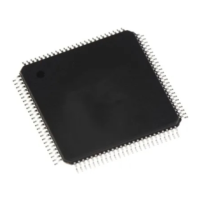
